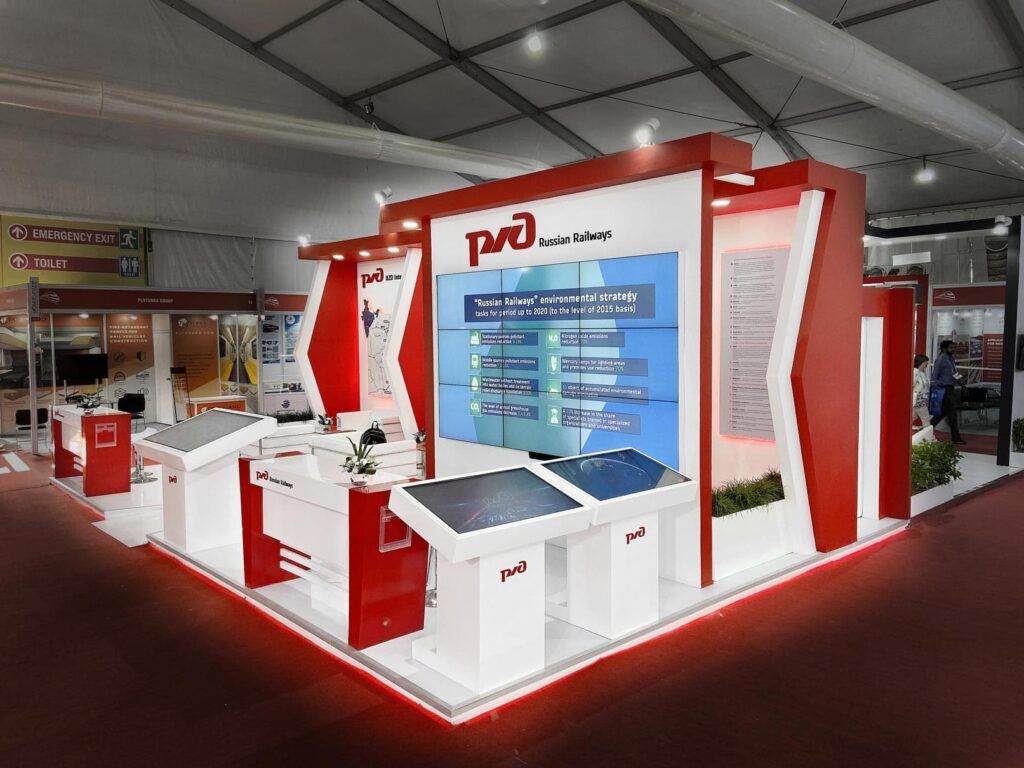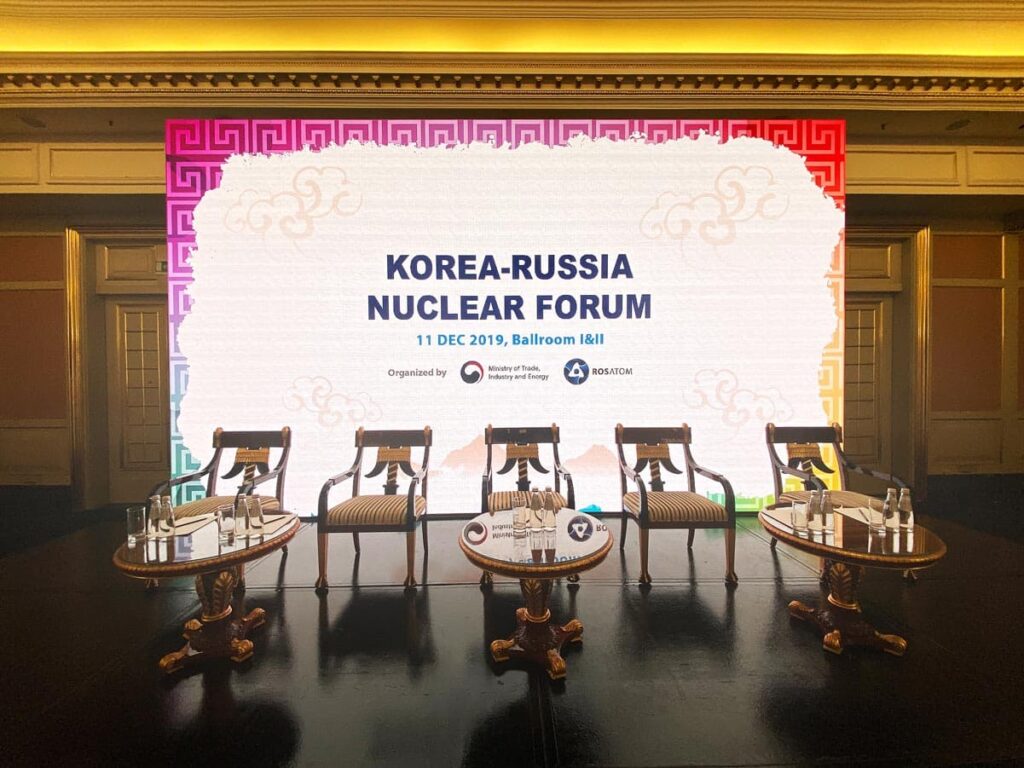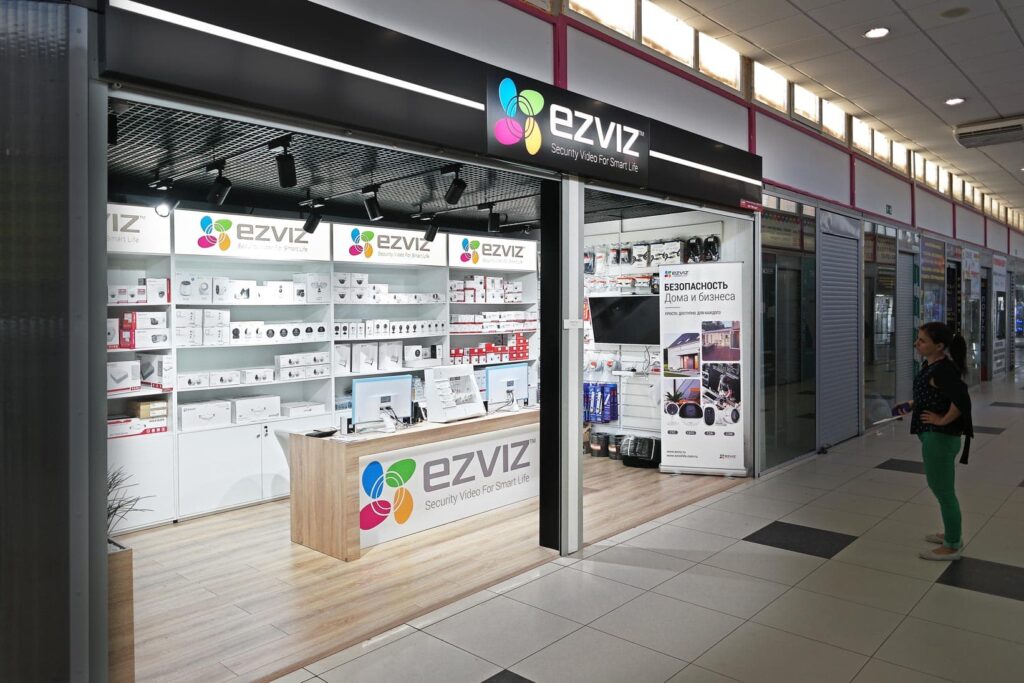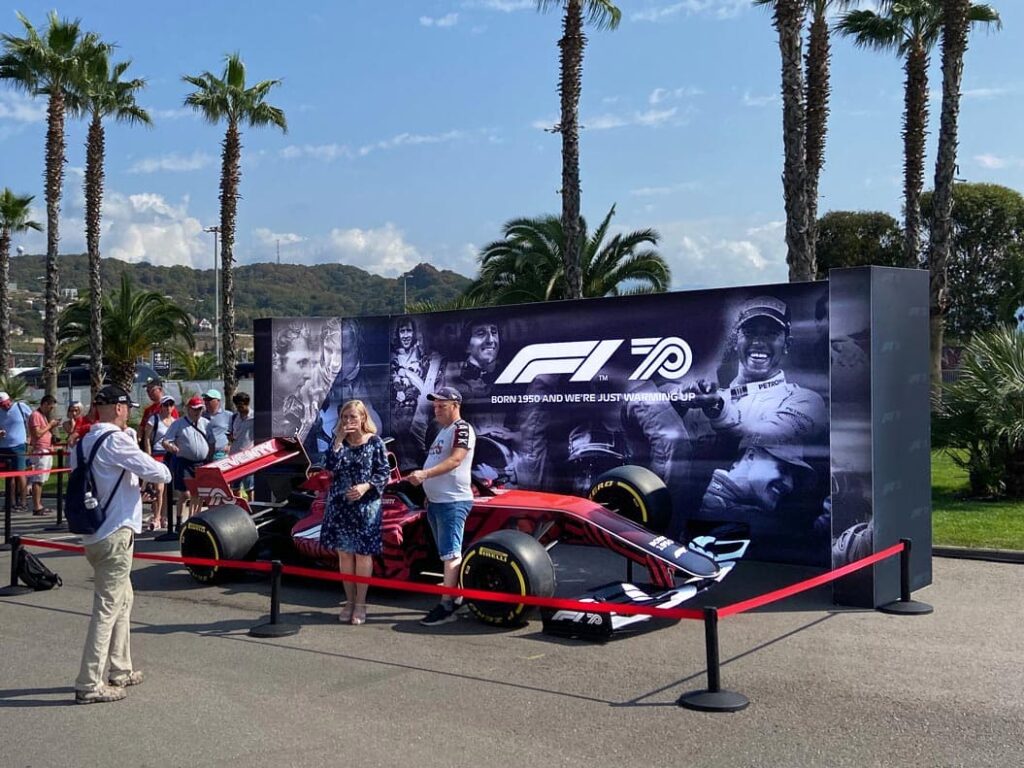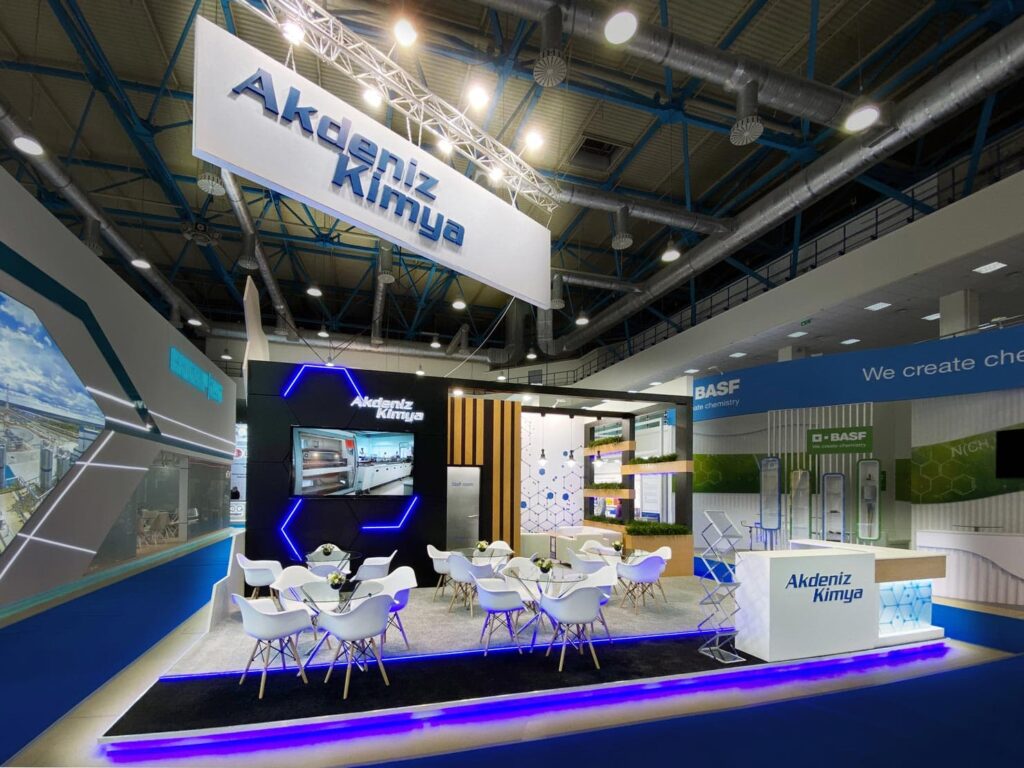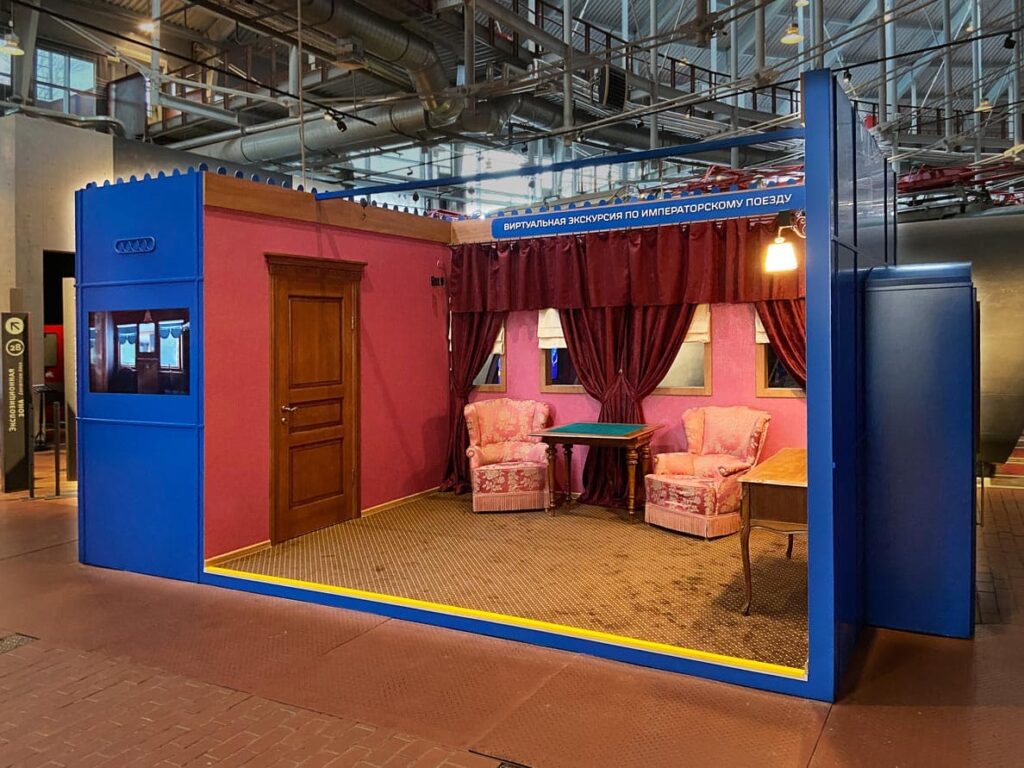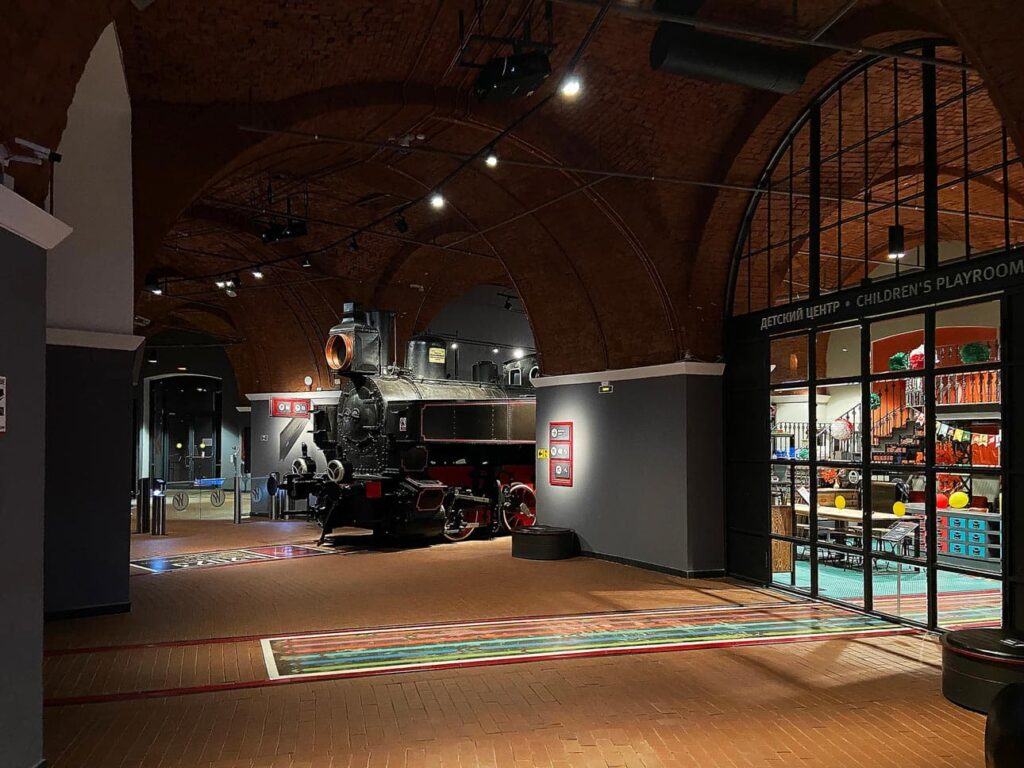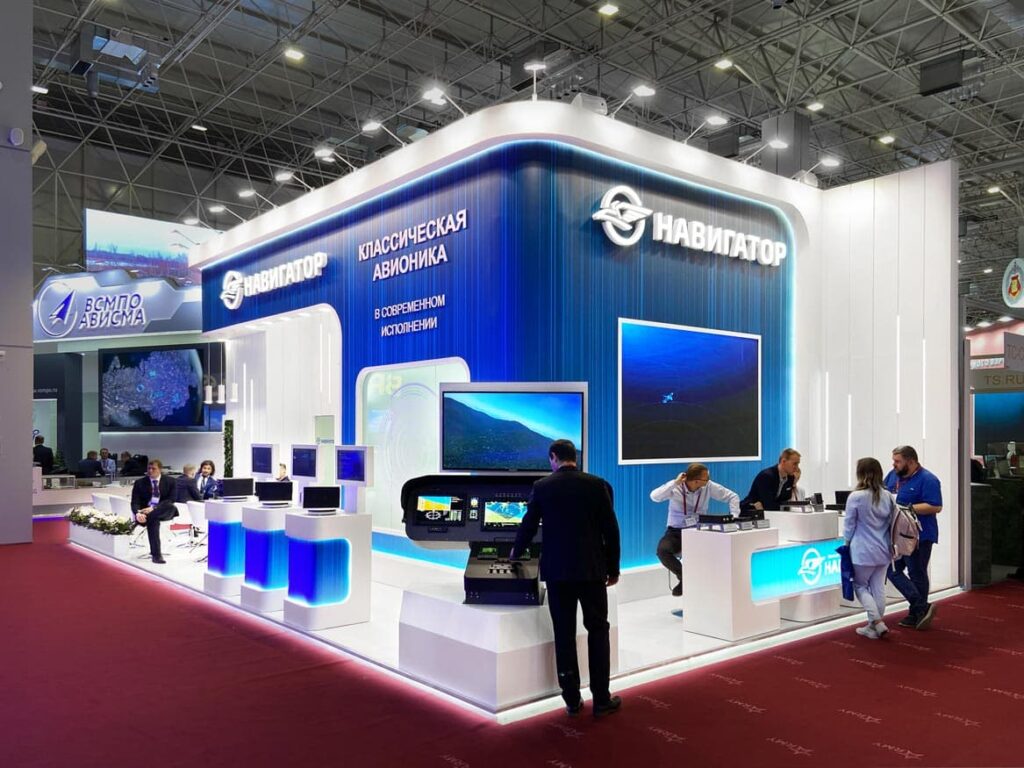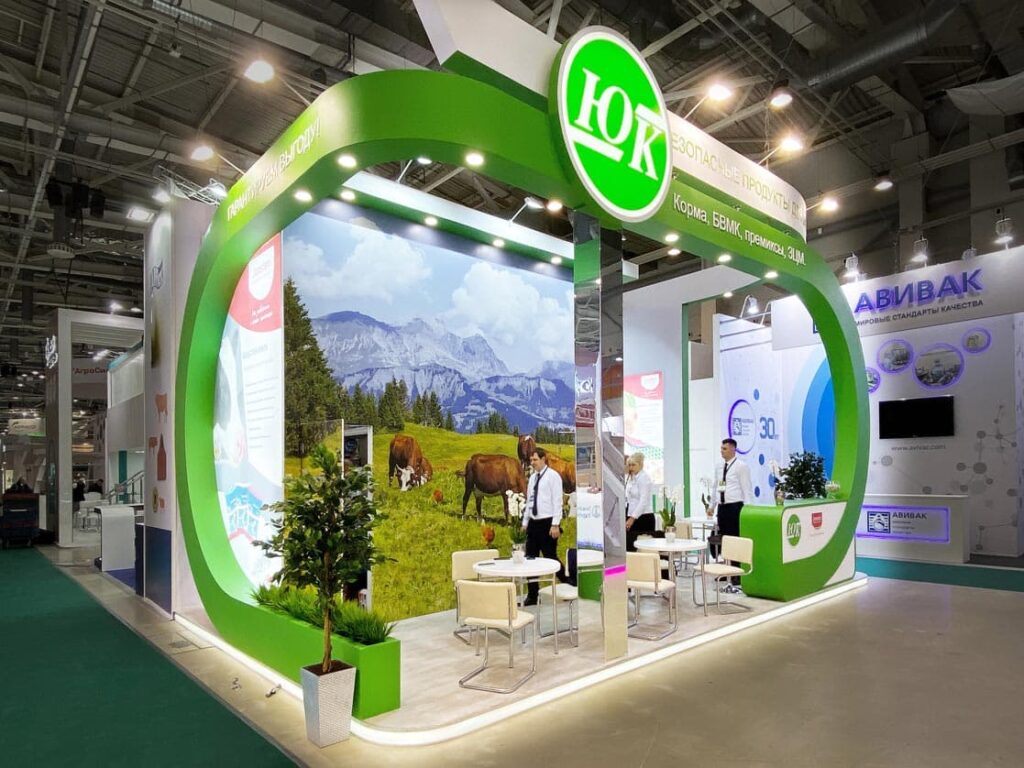Design of exhibition stands
Types of exhibition stands
Manufacturers offer several different exhibition designs, which differ in technical characteristics and external design. The most effective are considered:
Linear stands
The compact unit with an open front is mounted in a standard row. This is an economical stand option, relevant when holding negotiations or demonstrating a limited number of products. The stand can be narrow or deep, with open or closed facades – the choice depends on the overall concept of the event.
Pass-through or pocket stands
Row design with open parallel sides. The main feature is to attract the attention of passersby in high traffic areas. In addition, such stands can be designed in accordance with the design of the exhibition site and several product offerings can be placed at once.
Corner designs
Stands, as a rule, are installed at the end of a linear row and have two viewing sides at once. This allows you to attract the attention of visitors to the products of a small company. The advantages of corner stands include ease of design, matching size to a row space, and the ability to be used during negotiations.
Peninsula
The stand, open on three sides, is most often located at the end of the row. The design is presented in the form of two standard corner seats and works for several flows of visitors at once.
Such designs are relevant at automobile exhibitions, events dedicated to the display of furniture, agricultural machinery and other large-sized products.
As an alternative, you can install island exhibition stands – structures open on all sides that attract the attention of the audience and are effective when displaying large-sized products. Provided that exhibition stands are designed by professionals, they increase the company’s marketing capabilities.
Design Features
The first thing a specialist needs to do before starting to develop a project is to determine the concept of the event, study the products offered by the company, and the advantages that a potential buyer should pay attention to.
The basis for starting work is the client’s technical specification, his wishes and preferences: the specialist creates a three-dimensional model of the future stand and submits it for approval. Particular attention is paid to technical characteristics: materials, colors, light, load-bearing structures. The strength and reliability of the stand and its visual appeal depend on this.
The guarantor of the design’s compliance with the declared characteristics are preliminary calculations carried out by a specialist.
An exhibition stand designed by professionals is an opportunity to attract the attention of the audience to the products offered, increase brand awareness and increase sales.
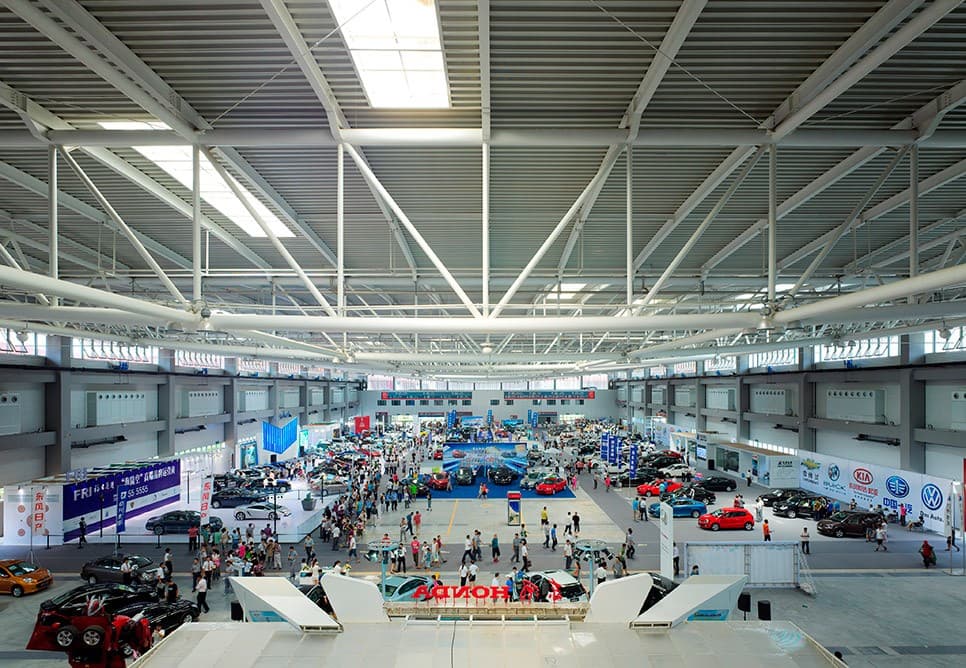
Rental of exhibition space from the full-cycle agency Insight Expo. Order comprehensive services in...





